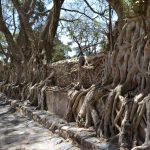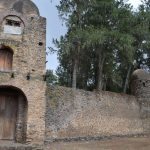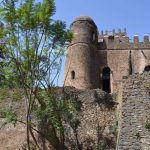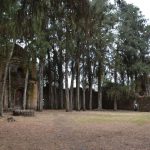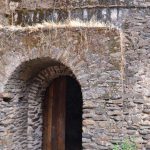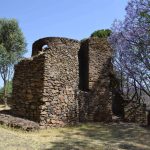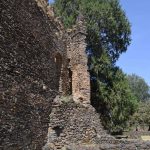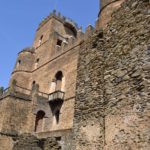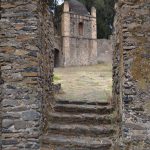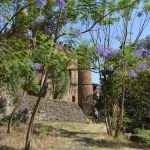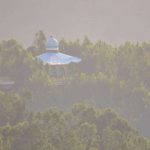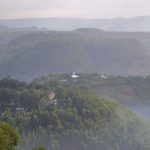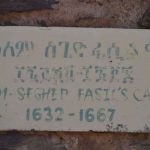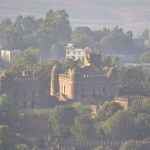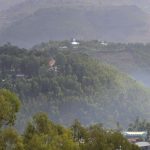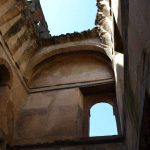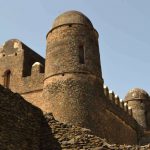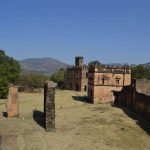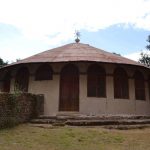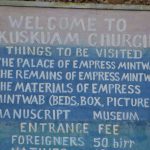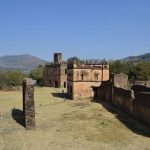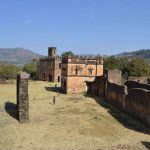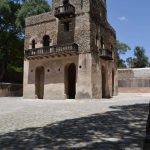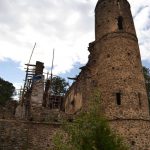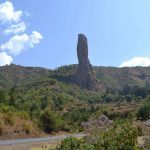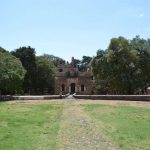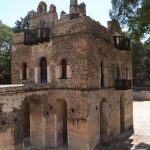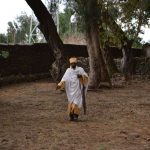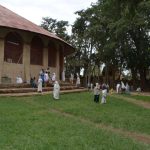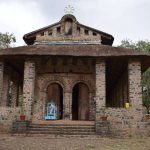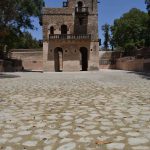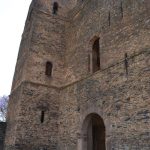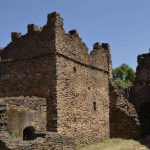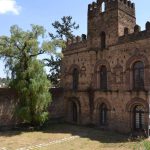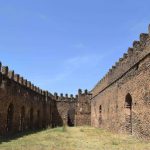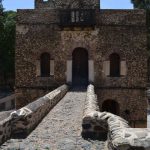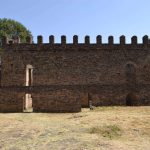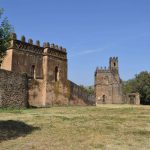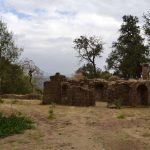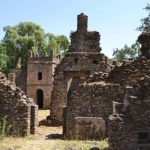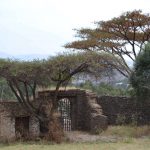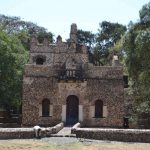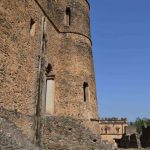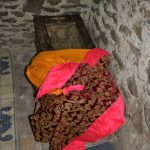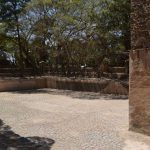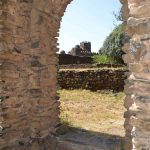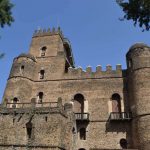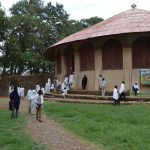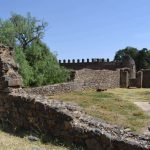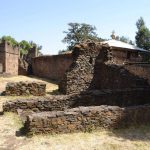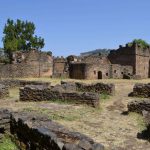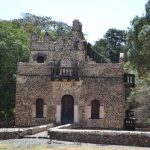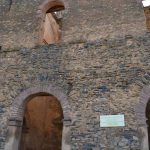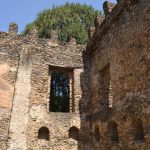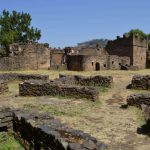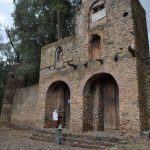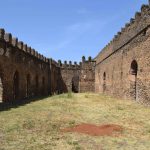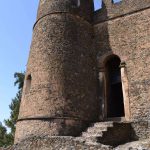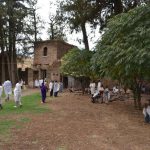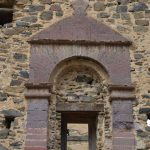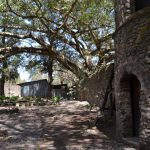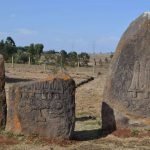The home of the Emperors and their castles, Gondar, located in the foothills of the Simien Mountains in northwestern Ethiopia, is the ‘Camelot’ of Africa.
Gondar became the capital of Ethiopia during the reign of Emperor Fasiladas (1632-1667), who built the first of the many castles to be found here. During this time, Gondar rose to prominence as Ethiopia’s largest permanently settled city. Gondar was a thriving centre of theology, trade, craftsmanship and the arts, and an sophisticated administrative and aristocratic centre. In the 19th Century, Emperor Tewodros II moved his government to Debre Tabor and then Mekdala, and Gondar became less important, eventually looted by the Sudanese Dervishes in the 1880s. The city contains some of Ethiopia’s most fascinating antiquities.
Many structures can be found in the Imperial compound. The two-storeyed Palace of Emperor Fasiladas comprises a flat roofed structure, with four small round towers, a battlement parapet and a large tower, from which Lake Tana can be seen in the distance. Here, you can also find the Palace of Fasiladas’ son, Emperor Yohannes I (1667-1682), the Palace of Yohannes’ son, Emperor Iyasu I (1682-1706), the large hall of Emperor Dawit II (1716-1721) ,the banqueting hall of Emperor Bakaffa (1722-1730) and the palace of his Empress, Mentewab.
South of Gondar, you can find the bathing palace of Fasiladas, which is filled with water once a year for the Timkat (Epiphany) ceremony. To the North-West, are buildings belonging to the government of the time, most of which are now ruins. The largest of these is a three-storeyed castle, the battlement parapets embellished with bas reliefs of Ethiopian animals. There are also many churches here, including Debre Birhan Selassie, the ceiling of which is decorated with winged angels, and the walls with biblical depictions, including the crucifixion, and the legend of St George and the Dragon. The churches of Gondar contain ancient Gondarine manuscripts, and a crypt holds the skeletal remains of Empress Mentewab her son, Emperor Iyasu II, and her grandson Emperor Iyo’as.
Map of Gondar, Ethiopia
Gallery
Social Share
Contact information
Yumo Tours
P.O. Box 5698
Addis Ababa, Ethiopia
++251 11 5518878
++251 11 5513783
++251 11 5513451
info@yumo.net



